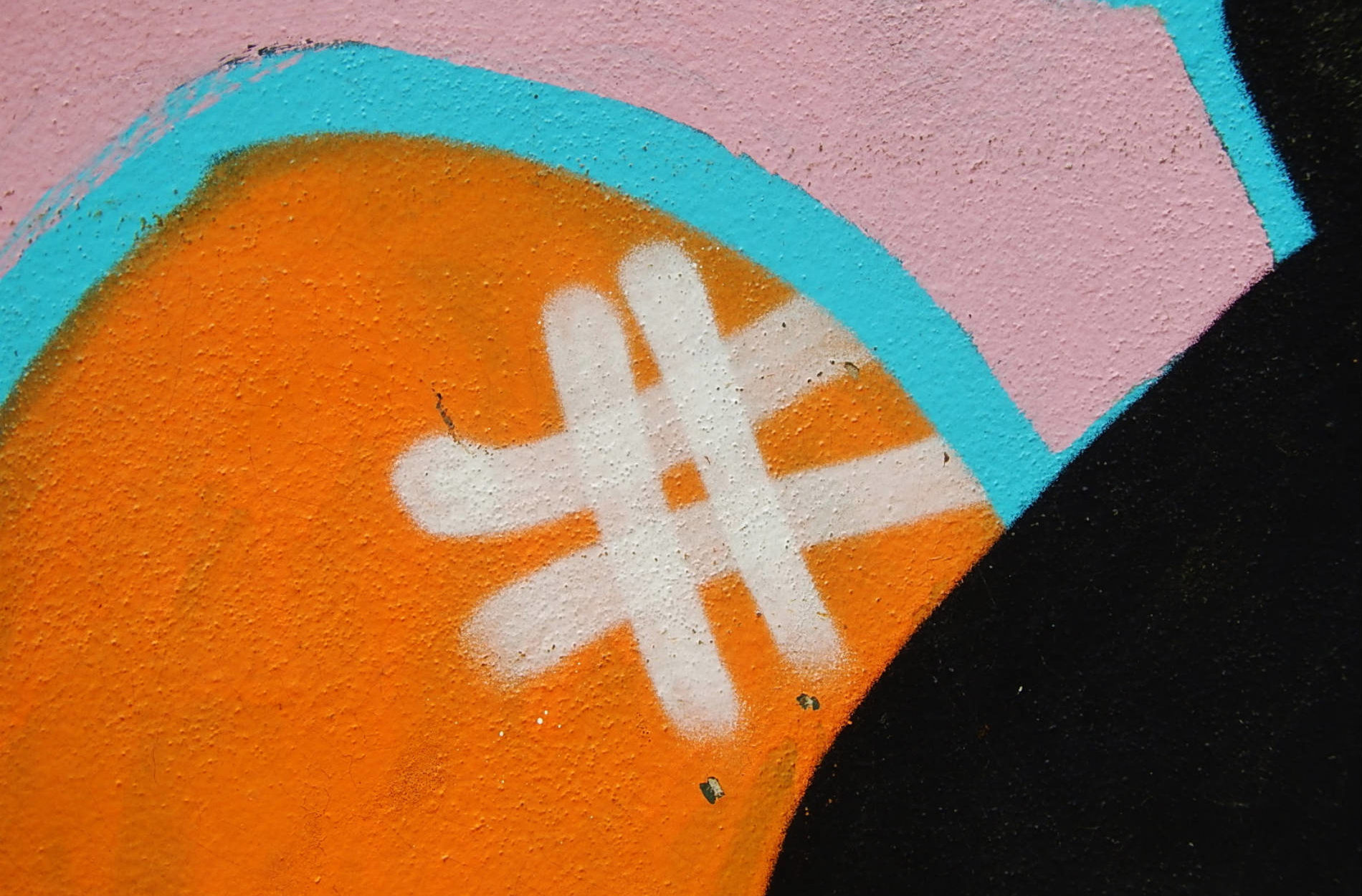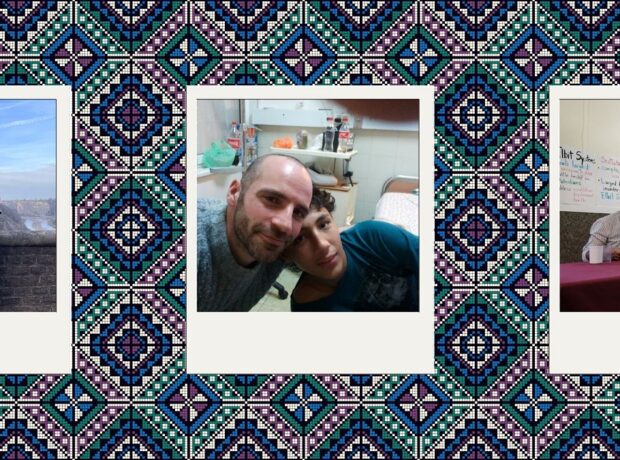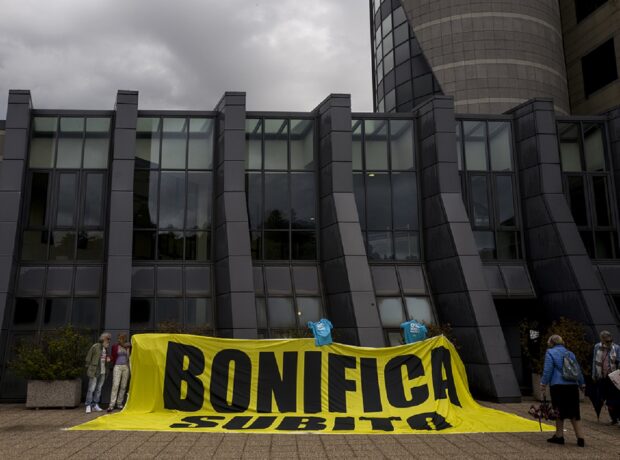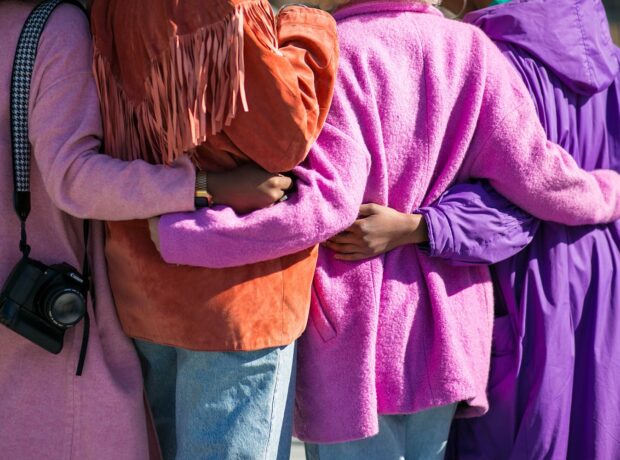The online platform in Kenya is shaping up to become one of the more dynamic spaces for engaging the political establishment in sub-Saharan Africa. Debates varying from youth unemployment, environment issues, LGBT recognition, reproductive health rights and sexual violence, which have historically found difficulty breaking into the public priority list, are increasingly being heard.
Young Kenyans in particular are not averse to expressing anti-establishment sentiments through the new media. In October 2012 they took to Twitter and Facebook to dissent moves by members of parliament to award themselves send-off bonuses, using the hashtag, #KOTAgainstMPsBonus and #MPigs. The members of parliament proposal was ultimately shelved, though this was not specifically due to the online campaign, as there were many protests simultaneously on and offline. The unusual protest did however involve the parading of several pigs, a literal interpretation of the popular hashtag #MPigs.
And when police officers at Tingolo Administration Police Camp in a remote village in Busia County punished three suspected rapists by merely asking them to cut grass, they had no idea that they would be setting the stage for international outrage. The sixteen year old victim dubbed “Liz” for identity protection was gang-raped, beaten and dumped in a pit-latrine on 26 June 2013. She suffered double obstetric fistula and a spinal injury from the fall. The story was finally revealed by the Daily Nation, on 7 October 2013, more than 3 months after the assault. It sparked fury online and in the streets of the capital city of Nairobi.
The hashtags #StandwithLiz and #JusticeforLiz on Twitter were trending online for several days internationally as Kenyans rallied to support a petition started by activist Nebila Abdulmelik urging the Inspector-General of the Police to re-open the case. The online campaign was complemented by a protest in Nairobi on October 31 2013 where the protesters delivered the petition signed by more than 1.2 million people. The Chief Justice of Kenya, and the National Gender and Equality Commission of Kenya (National Gender and Equality Commission, 2013) also backed calls for the Inspector-General of the Police to take action respectively. The result of immense public pressure saw the officers who first (mis)handled the case face disciplinary action and the Director of Public Prosecutions initiate an inquest into the incident, leading to one suspect being successfully charged. A support fund to consolidate financial contributions was set up by the major dailies to meet Liz’s medical bills and rehabilitation from psychological and physical injuries sustained.
The phenomenon of online activism uniting in pressure for change is not new, but it’s certainly underrated and overlooked in constitutional democracies like Kenya and much of sub-Saharan Africa. The narrative of sub-Saharan Africans using technology and new media doesn’t quite fit the war, disease and poverty story that mainstream international media often tells.
Kenya makes a good case study for cyber-activism: it’s an outlier in terms of telecoms sector progress and perceived democratic openness in comparison to other sub-Saharan African countries. Kenya’s mobile penetration rate stands at 76.9% and its number of internet users is 19.1 million people according to a report of the Communication Commission of Kenya. And The Economist has reported that the M-Pesa mobile money platform has turned Kenya into the global leader in mobile money transfer services.
The younger demographic in sub-Saharan Africa is increasing rapidly. Nearly one in three people living in the region, or about 297 million, is between the ages of 10 and 24. By 2050, that age group is projected to nearly double to about 561 million, according to the Population Reference Bureau. The demand for jobs, or at the very least the environment for the sustenance of economic growth coupled with a basic need for self-expression and creativity, has seen the occupancy of non-traditional spaces to express views to and about those in power. Technology and the Internet have created easy avenues for young people in particular to engage their leaders.
The Kenyan government took notice of developments in telecoms and introduced the Kenya Communications (Amendment) Act as the changes peaked in 2009. Under the Act, the Communications Commission of Kenya (CCK) was given more responsibility in its expanded mandate to regulate broadcast and online media. The need for legislation was welcomed at the time because of the role media had played in the 2007/08 Post Election Violence where an estimated 1500 people lost their lives. While surveillance has not been a concern in Kenya, worries are simmering over increasing moves by the government to implement precautionary surveillance measures to curb the spread of ‘hate speech’. The CCK have issued guidelines which mandated the pre-screening and approval of bulk messages containing political content before transmission during election periods.
Despite the leaps in telecoms and the growth of new media, newspapers and radios remain the most preferred sources for news in the predominantly rural majority in Kenya, and perhaps most of sub-Saharan Africa (The Economist). But the dichotomy of new and old media is inconsequential. They both play unique roles in a socio-culturally and economically diverse audience. Twitter, home to #KOT ‘Kenyans on Twitter’, embodies the gallery of middle class Kenyans’ problems that range from racism at up-market eateries to rants about the constant traffic jams in Nairobi. It’s fractured and regularly accommodates satirical content from prominent Twitter users dubbed ‘bigwigs’.
Now the online experience in Kenya is evolving and wrestling with the notions of armchair and banner-holding activism. So far it seems to be treading between hashtags and throwing Molotov cocktails at the gates of the legislature. The message from Kenyans online is that Kenya has enough political space to accommodate those who wish to egg parliament buildings and those who wish to engage in dialogue over a range of issues. And just like the rest of the occupants of the internet they want to be heard, loud and clear.
Photo by Michael Coghlan



